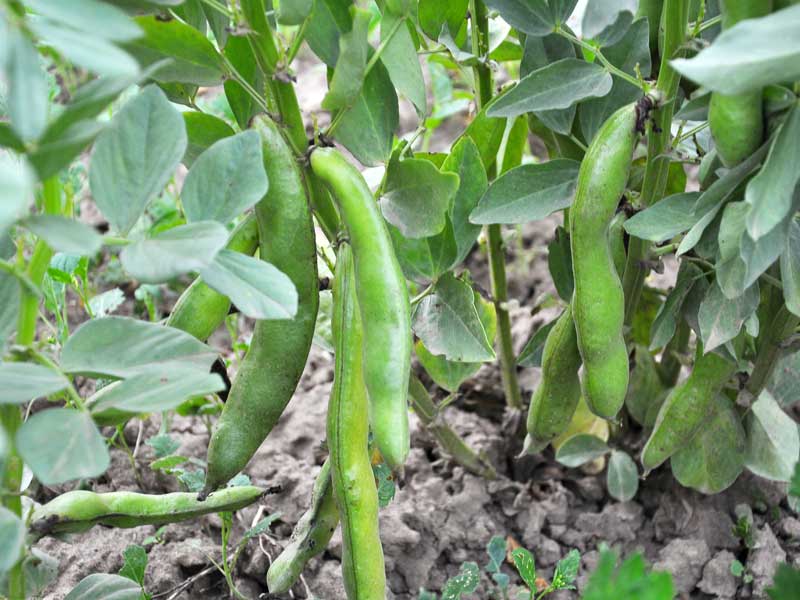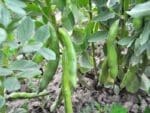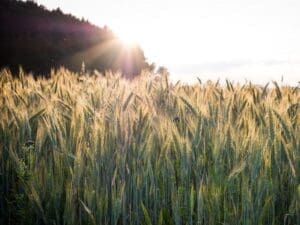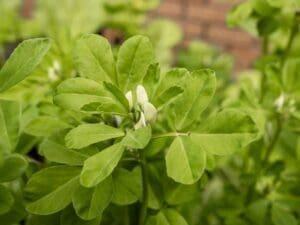GREEN MANURE Fava Bean Seeds
Botanical name: Vicia faba
Fava Bean (Vicia faba), also known as broad bean, bell bean, horse bean, or tic bean, is a hardy cool-season legume ideal for use as a green manure. It grows vigorously in winter and early spring, tolerates frost and heavy soils, and produces a generous volume of biomass. Fava beans fix atmospheric nitrogen, improve soil structure, and add organic matter when incorporated. Therefore, this reliable cover crop is well-suited to temperate and subtropical climates with regular rainfall.
- Fixes nitrogen to improve soil fertility and reduce reliance on synthetic fertilisers.
- Produces abundant biomass for organic matter and soil conditioning.
- Deep roots help improve soil structure and aeration.
- Tolerates cool temperatures, wet conditions, and light frosts.
- Valuable in crop rotations and mixed farming systems; also suitable for forage or silage.
Plant Details:
- Type: Cool-season annual legume, frost and moisture tolerant
- Height: 70–120 cm
Sowing Information:
- Sow When:
Temperate Regions: February–June or August–October
Subtropical Regions: March–June
Tropical Regions: Not recommended - Germination: 7–14 days
- Depth: Sow 3–5 cm deep
- Position: Full sun
- Sow Where: Direct into prepared garden beds, paddocks, or fields
- Soil Type: Prefers well-drained soil; tolerates clay, sandy, and heavier soils
- Spacing: Broadcast evenly or sow in rows 20–30 cm apart
Management:
- Water consistently through germination and establishment.
- Mow or cut before flowering to capture nitrogen and prevent seed formation.
- Let residues break down for 3–4 weeks before sowing the next crop.
Harvest and Incorporation:
Cut or mow before flowering to maximise nitrogen fixation and organic matter return. Incorporate into soil while stems are still soft for faster decomposition. Also suitable for forage or silage use in mixed systems.
When to Sow Fava Bean in Your Climate
| Climate Zone | Best Planting Time | Tips |
|---|---|---|
| Temperate | February–June or August–October | Plant in late summer through autumn or early spring; tolerates cool, wet soil. |
| Subtropical | March–June | Best sown during the cooler months; avoid late summer heat for germination. |
| Tropical | Not recommended | Too hot and humid for reliable performance; use tropical legumes instead. |
| Cool | February–April | Tolerates frosts and wet soils; ideal for winter cover cropping. |
| Arid | March–May | Sow with irrigation; mulch helps retain soil moisture in dry periods. |
Quick Growing Guide
| Aspect | Details |
|---|---|
| Germination Time | 7–14 days |
| Sowing Depth | 3–5 cm |
| Watering | Keep moist through establishment; tolerates wet conditions once growing. |
| Growth Period | 8–12 weeks before incorporation |
| Incorporation | Cut before flowering and dig into soil 3–4 weeks before planting the next crop. |




